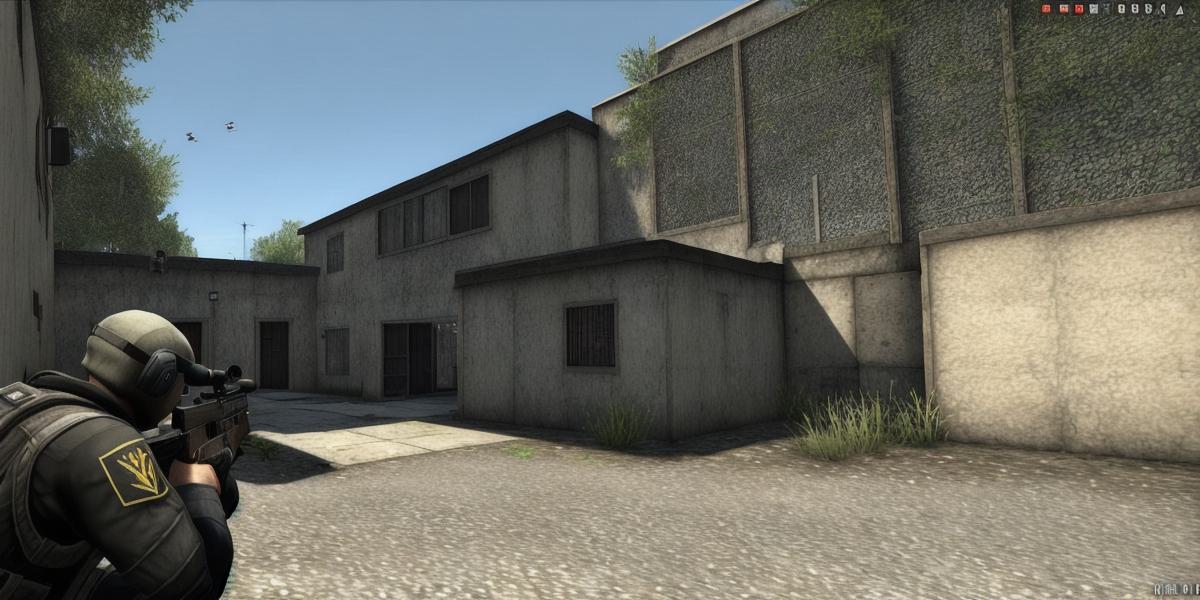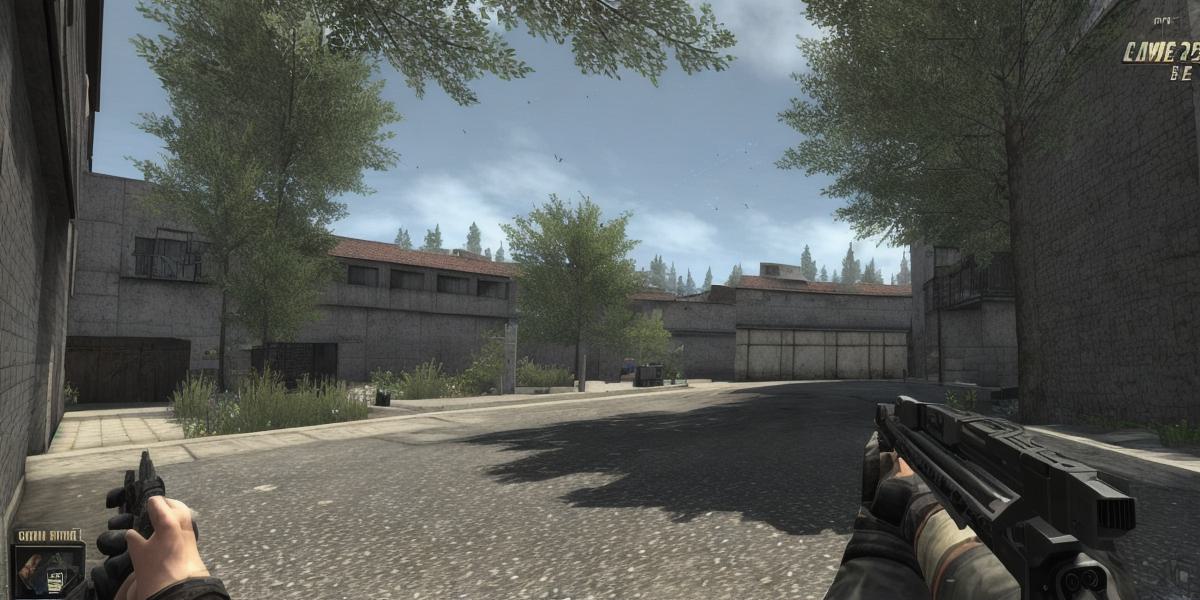Fortnite, one of the most popular online multiplayer games on the market, is known for its high performance requirements. But is Fortnite more CPU-heavy or GPU-heavy? In this article, we’ll explore the factors that influence the game’s performance and provide recommendations for optimizing your system.
Firstly, it’s important to understand that Fortnite uses both the CPU and GPU simultaneously to render graphics and manage physics calculations. However, the game’s resource requirements can vary depending on various factors such as graphics settings, resolution, and hardware capabilities.
For instance, if you have a high-end processor and an older graphics card, your CPU will be more of a bottleneck than your GPU. On the other hand, if you have a powerful graphics card and a weaker CPU, your GPU will take on most of the workload and will become the limiting factor.
To help you determine which component is more important for Fortnite performance, we recommend checking your system specifications and running benchmarks using tools such as 3DMark or Unigine Valley. These tests can provide valuable insights into how well your hardware performs in real-world scenarios.
In addition to CPU and GPU, other factors that can affect Fortnite performance include RAM, storage, and power supply unit (PSU). It’s recommended to have at least 8GB of RAM and a fast SSD for smooth gameplay. A PSU with adequate wattage is also crucial to ensure stable system stability.
To optimize your system for Fortnite, we recommend adjusting graphics settings such as resolution, graphics quality, and anti-aliasing. Lowering these settings can help reduce the load on both the CPU and GPU, resulting in smoother gameplay.
In conclusion, while both CPU and GPU are important for Fortnite performance, determining which component is more crucial depends on various factors. By checking your system specifications, running benchmarks, and adjusting graphics settings, you can optimize your system for smooth gameplay.



